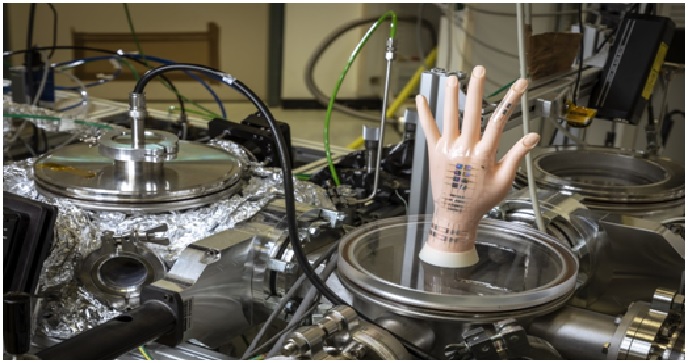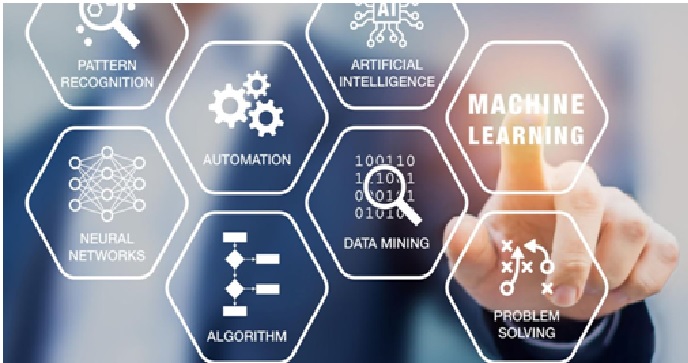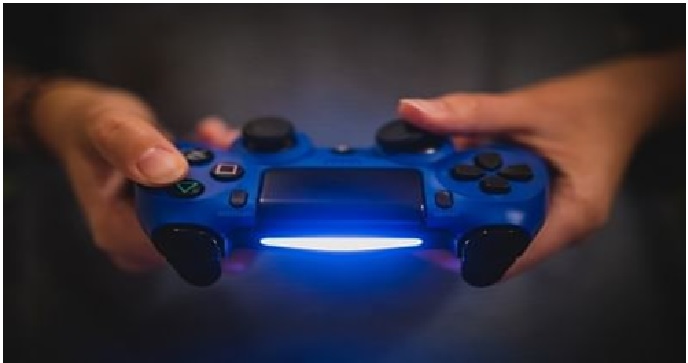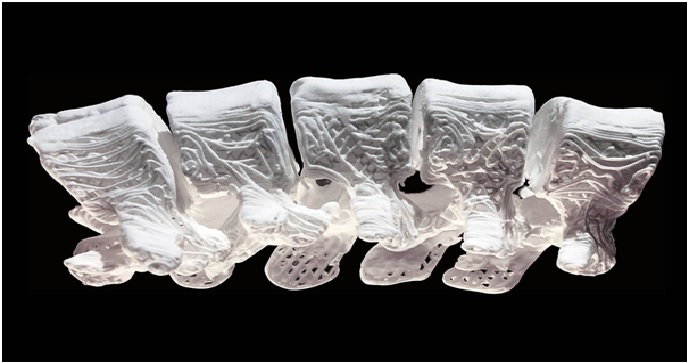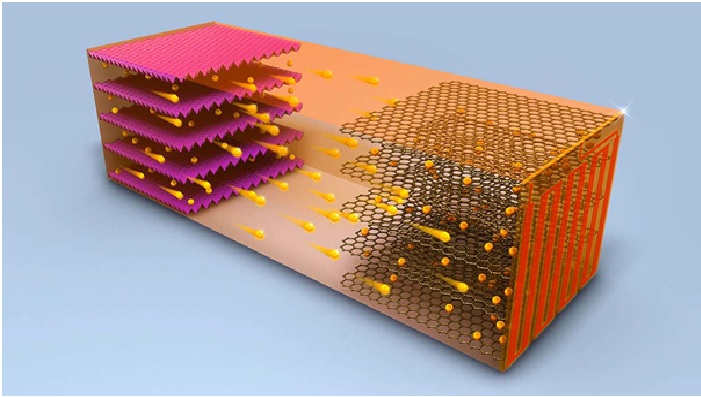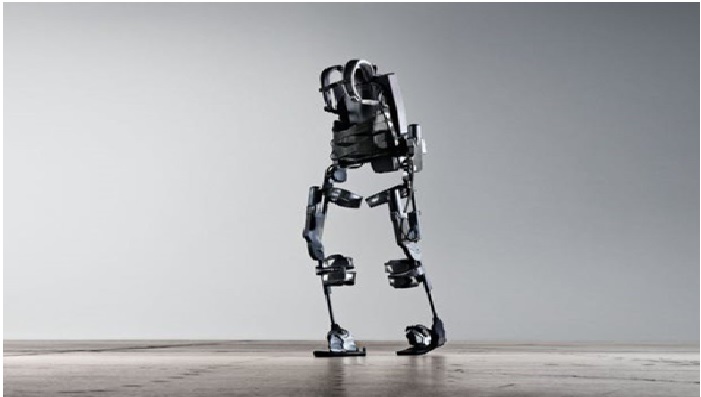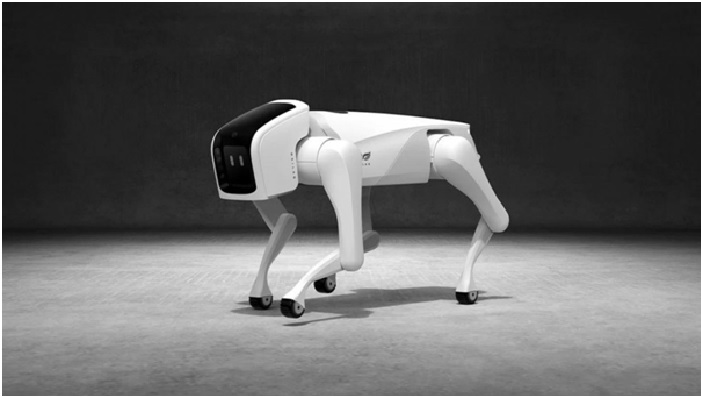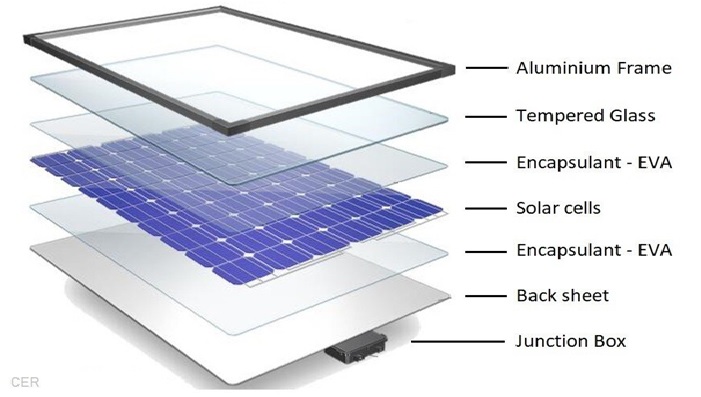The Next Generation of Wearable Screens
In recent years, we’ve seen new, disruptive innovations in the world of wearable technology; advances that will potentially transform life, business, and the global economy. [1] The wearable revolution is also shifting long-established patterns of how we utilize data in our daily lives and social interactions. It’s a lot more personal.

Figure 1. The Wearable Screens
We are witnessing the advent of entirely new categories of interface mechanisms that bring with them a fundamental paradigm shift in how we view and interact with technology. Recognizing, understanding, and effectively leveraging today’s growing landscape of wearables is becoming increasingly essential to the success of a wide array of businesses. The figure 1 shows the wearable screens.
When designing UX for wearables, designers need to focus on how the user can best achieve their main goal. Develop a journey for the user by creating mental models and evaluating how to best align the user’s intuitive perception of the product and his or her interaction with the technology used.
The Wearable technology aims to influence the fields of health and medicine, fitness, aging, disability, education, transportation, enterprise, finance, gaming, music, etc. [2] The goal is to smoothly enter the daily lives of individuals and become a functional part of them.
The hands-free nature of the wearable computing devices makes it very useful for businesses. Tracking the emergency and rescue team becomes easy thus making the workplace more efficient and safer. Hands-free access to important data and information through smart glasses and smart watches helps researcher, engineers, and technicians to be more efficient at their work.
Not only could this second-skin-like material offer more comfort to a user, it also could help solve another problem with wearables: power. [3] Devices that are constantly monitoring bodily functions can drain power quickly, Fuentes-Hernandez says. And, if their purpose is to continually monitor something, a device that needs to be taken off and charged frequently is less useful.
One way that wearables measure signals from the body is by using light. Such devices are called photodetectors. The stretchable material Fuentes-Hernandez and his colleagues developed enabled a highly sensitive photodetector that could reduce the power consumption of this process.
Advantages and Disadvantages
Wearable technology provides us with the ability to monitor our fitness levels, track our location with GPS, and view text messages more quickly. [4] Best of all, most of the devices that allow us to do this are hands free and portable, eliminating the need to take our devices out of our pockets.
Wearables tend to have a fairly short battery life. Some devices, like the simpler Fitbit trackers, can last for several days. Some wearables have been reported to measure data inaccurately on occasion. This can be especially dangerous when measuring data like heart rates. For individuals with heart conditions, this false reading could lead to overexertion and further health issues.
References:
- https://www.toptal.com/designers/ui/the-psychology-of-wearables
- https://www.orissapost.com/bracelet-that-converts-your-skin-to-a-touch-screen/
- https://www.happiestminds.com/insights/wearable-technology/
- https://news.northeastern.edu/2022/01/24/future-skin-like-wearable-technology/
- https://edu.gcfglobal.org/en/wearables/pros-and-cons-of-wearable-technology/1/
Cite this article:
Vinotha D (2022), The Next Generation of Wearable Screens, AnaTechMaz, pp.105


